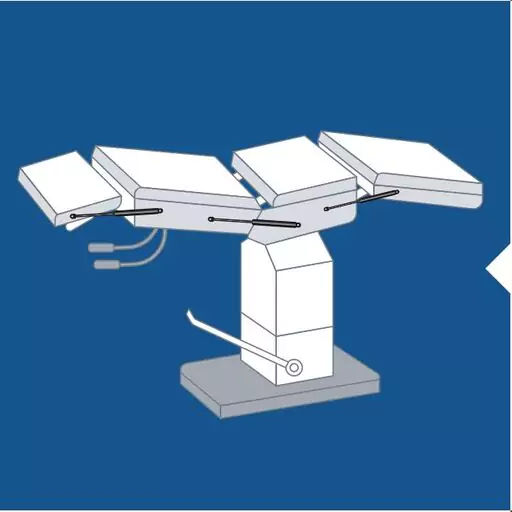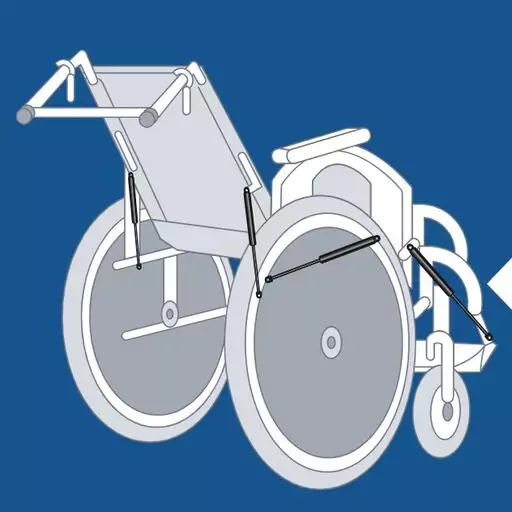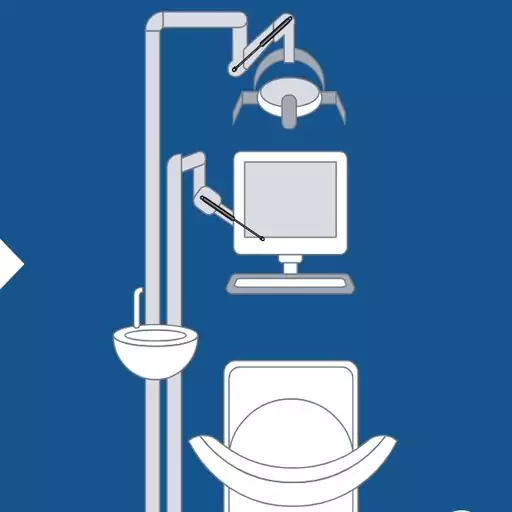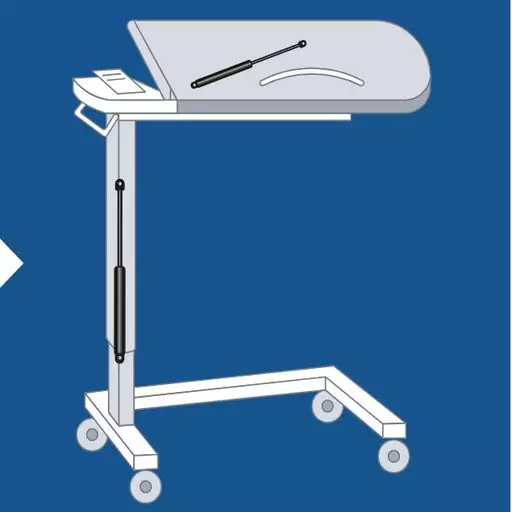Gas springs for stretchers are essential elements in the design and operation of hospitals and other healthcare facilities. These springs, strategically located in various parts of the stretcher, play a crucial role in the manipulation and adjustment of the patient’s position, as well as in the ease of transport and maneuverability of medical equipment.
Primarily situated in the backrest and leg elevation systems, as well as in the height adjustment mechanisms, gas struts ensure a smooth and controlled transition between different positions, allowing healthcare professionals to provide efficient and comfortable patient care.
Different functions of gas springs in stretchers
In addition to their vital role in standard stretchers used in hospital wards, gas struts perform specific functions in different types of stretchers.
In operating room stretchers, for example, these springs allow precise adjustments of the patient’s position during surgical procedures, ensuring optimal and stable alignment. In transport stretchers, gas struts facilitate tilting of the surface to improve patient comfort during transportation between different areas of the healthcare facility. Finally, in transfer stretchers, these springs provide additional support when lifting and moving the patient safely between the stretcher and other medical devices, such as operating tables or diagnostic units, minimizing the risk of injuries and improving the efficiency of the transfer process.
Together, these different uses demonstrate the versatility and utility of gas struts in the full range of stretchers used in medical environments.
Countless applications in the medical sector and healthcare facilities
Gas struts have a wide variety of applications in healthcare settings, hospitals, and clinics, as illustrated on the Stabilus website. Here are some examples.
- Medical treatment chairs: These struts allow adjusting the seat height to suit the needs of the patient and medical staff, ensuring an ergonomic and comfortable position during procedures.
- Hospital beds: Gas struts facilitate the elevation and adjustment of the backrest section, providing comfort to the patient and facilitating the work of healthcare staff in performing position changes.
- Rehabilitation equipment such as walkers and physical therapy devices: Gas struts help control movement and resistance, allowing safe and effective training for patients in the recovery process.
These are just a few examples of how gas struts are used to improve functionality and comfort in a wide range of medical and rehabilitation applications.
Ejemplos de aplicación en centros médicos

TREATMENT STRETCHERS

WHEELCHAIRS

SUPPORT ARMS

HOSPITAL BUREAU
CONTACT US
RELATED POSTS

